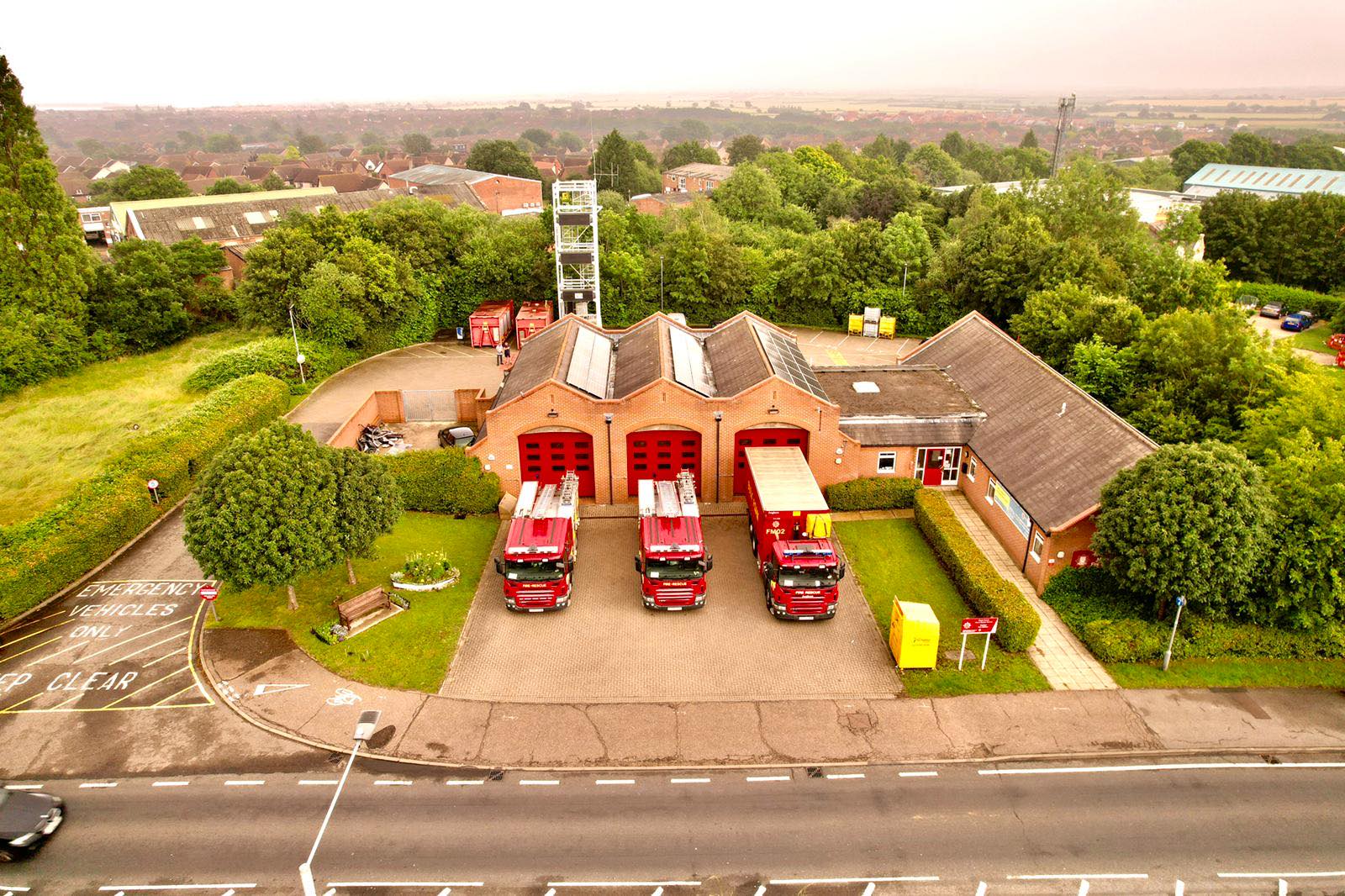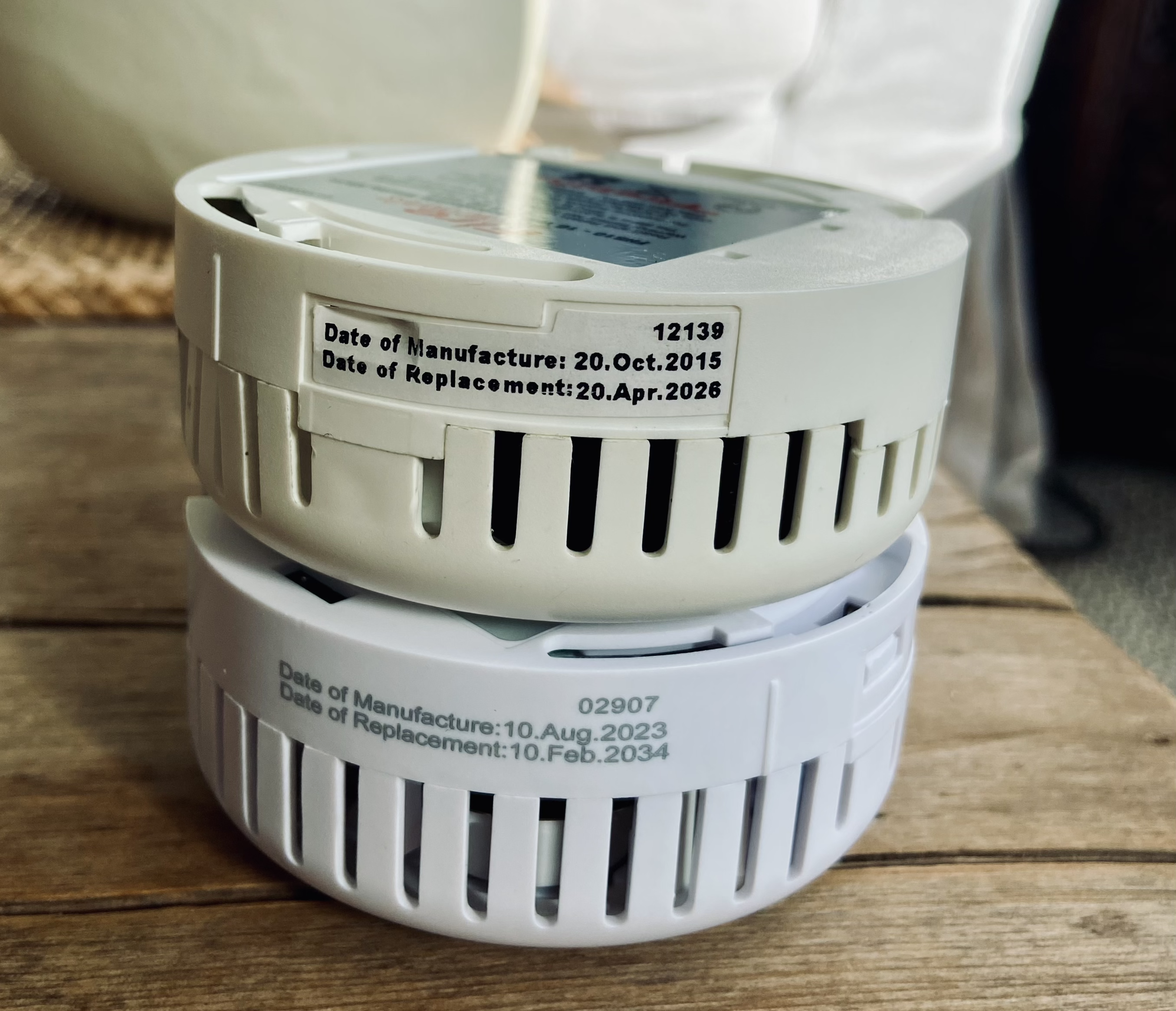The Fire Brigade Is On The Job!
Essex County Council took over responsibility for the fire service 70 years ago on 1 April 1948 and called its new department, “Essex County Fire Brigade”. In 1985 the title changed to, “Essex County Fire and Rescue Service”, but its biggest rescue operation to date had taken place on 1 February 1953. Overnight on 31 January/1 February that year low temperatures, strong winds and an exceptionally high tide combined to cause sudden and serious flooding along the east coast of England from the Humber to the Thames. There was significant loss of life and Essex was hard hit.
The first indication of trouble came just before midnight at Harwich when the fire station was flooded. Fortunately there was time to withdraw the appliances to the police station, on higher ground, Manningtree was not so lucky. Flood water immobilised both appliances in the fire station there. Tilbury fire station was also under water for some considerable time. Here appliances were withdrawn to other locations and a temporary station was established c/o the Port of London Authority Police.
As the high tide came south along the coast Jaywick was seriously affected. Around 1000 people were living there at the time, most in bungalows with no upper storeys to provide refuge. Many sought safety on their roofs and Clacton firemen commandeered boats to rescue them. These operations were extremely difficult. It was still blowing a gale and very cold. Firemen encountered submerged barbed wire fences and petrol floating on the floodwater! The title of this piece, “The Fire Brigade Is On The Job!” are the words of a Clacton sub-officer shouting encouragement to those clinging to rooftops and promising they would be rescued.
Canvey Island was particularly hard hit by the high tide. Here again local firemen were to the fore in rescue operations. At one point the officer-in- charge of Canvey fire station sounded the wartime “alert” signal on the station’s siren in hope of warning islanders of the rapidly rising waters – he later toured the streets ringing a handbell. When floodwater immobilised one Canvey fire engine carrying rescued people, the crew managed to get it to higher ground by driving it on the starter motor!
Deemed to be in Essex at the time, Southend, East Ham and West Ham were all county boroughs operating their own fire brigades. All were affected by the flooding which caused several fires in Southend including a serious one at the town’s gasworks, which was fought by firemen pumping the water they and their appliances were standing in.
To the north of Southend a patrolling policeman became aware of the imminent danger flooding posed for the village of Great Wakering. In those days Essex Fire Brigade had a retained station there and the policeman cycled to the fire station planning to operate the call-out siren, but the electricity had failed. So he cycled on to the home of the leading fireman and roused him. In turn he roused his crew. The situation at Great Wakering was similar to that at Jaywick, with many locals living in Nissen huts with no upper floors.
Communications in 1953 were nowhere near as sophisticated as they are today. In Essex the police and the fire brigade shared a radio network, but only some senior fire officers had radios in their cars. Essex Ambulance Service, then also under county council control, had a dedicated radio scheme and passed messages on of the fire brigade during the course of the night. The telephone was the main channel of communication, with many exchanges worked by operators and with the system easily knocked out by flooding. (During the night West Ham Fire Brigade lost the telephone lines at all three of its fire stations, but had its own radio network.) Essex Fire Brigade mobilised and controlled its appliances on a divisional basis, with a county control overseeing things. It was an extremely busy night for all control rooms and the night’s events county-wide between 0001 and sunrise filled nine foolscap sheets, all hand written by the firewoman on duty.
With dawn the extent of the damage and loss of life, 119 people died in Essex, became clear and the task of mobilising fire brigade reinforcements across Essex to assist the stricken coastal areas got fully underway. Once rescue and recovery work was in hand another daunting task arose. Although 1953 was Coronation Year, the UK was still in the grip of post-war economic austerity and the damage done to food handling and producing facilities along the River Thames was very serious. Millions of gallons of floodwater needed to be pumped back into the Thames and the North Sea and this task fell to the fire brigade.
Columns of fire engines from as far away as Wales and the south west of England were sent to Essex and their crews had to be fed and rested. This was done at Barking, Dagenham, Brentwood and Chelmsford fire stations and the Ministry of Food acknowledged the amount of margarine and sugar saved by these pumping operations, which extended over several weeks.
While the flood rescue and pumping work continued ECFB dealt with its usual quota of fires and other incidents. Perhaps the best tribute paid to Essex firefighters for their efforts on that night came some months after the event. The Clerk to Burnham-on-Crouch UDC recalled the floods and how they had affected his town remarked, “Is there a task you could give the fire service that would really confound them?”
By Mike Smith


